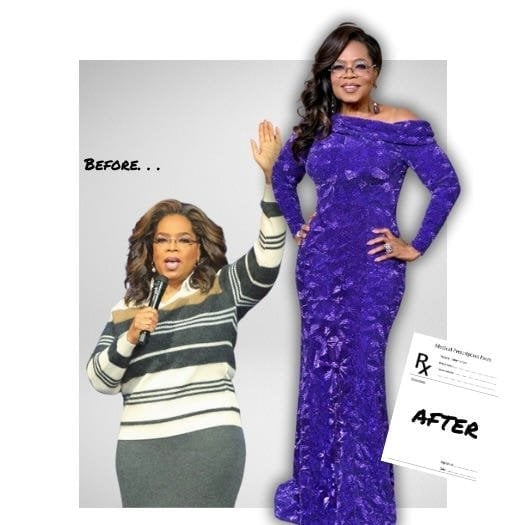
This article first ran in The Ankler and has been republished with full permission.
"This year's Oscar for Special Achievement in Motion Pictures goes to... Semaglutides!"
Two giant syringes, one labelled Ozempic, the other Mounjaro, take the stage to the tune of "There’s No Business Like Show Business."
"Thank you, Academy." Ozempic begins. "You’re looking good. My colleague and I know why. You know why. Everyone actually knows why. Because as I look at this naked statuette with its sleek midsection, evident cheekbones and cottage-cheese-less thighs, I see an ideal of beauty which we have made available to all of you here in the Dolby Theatre — and those few of you watching at home with ample money and willing doctors.
To all of the Hollywood plastic surgeons, stylists, personal trainers, makeup artists and chefs whose livelihoods we have altered — and yes, in some cases ruined — let me conclude by quoting what Cate Blanchett said to Julia Roberts upon winning the Best Actress Oscar in 2014: 'Hashtag Suck It.'"
Thank you! Now who wants a shot?"
Forget Chanel, Dior or Prada: This year, the most prominent designers on the red carpet are Novo Nordisk and Eli Lilly, whose injectable weight-loss drugs are the new couture. As awards season peaks this weekend with the 96th Academy Awards, those in every cranny of the celebrity-industrial complex, from restaurateurs to marketing mavens, have found themselves dealing with profound changes wrought on entertainment industry bodies and minds by this new kid in town. In the old days — five years ago (and five decades ago) — you’d get someone into rehab or to Two Bunch Palms to dry out and get in shape for a big role or a red carpet. Now a star can quickly lose up to 15 pounds (or more) in plain sight.



Top Comments